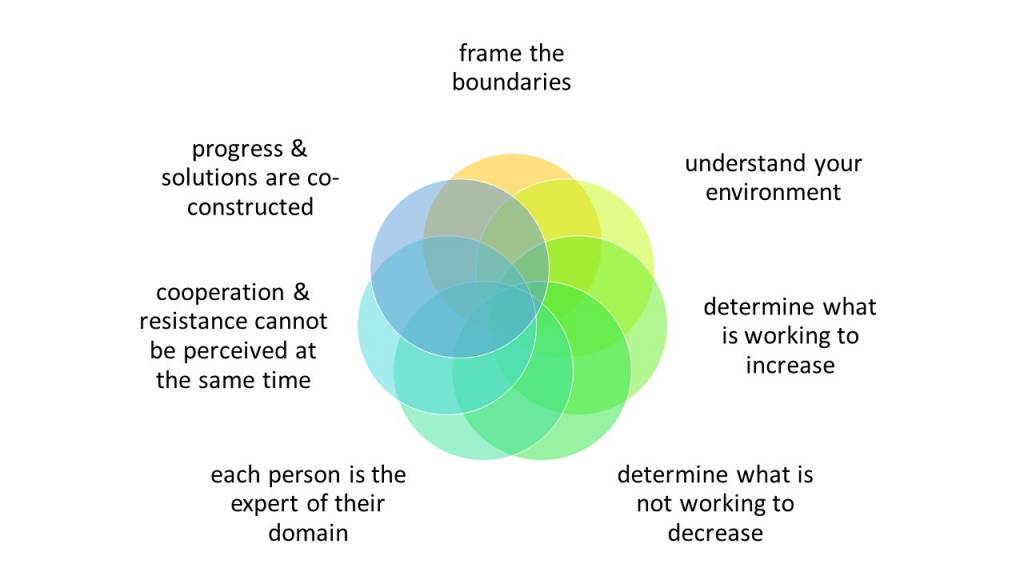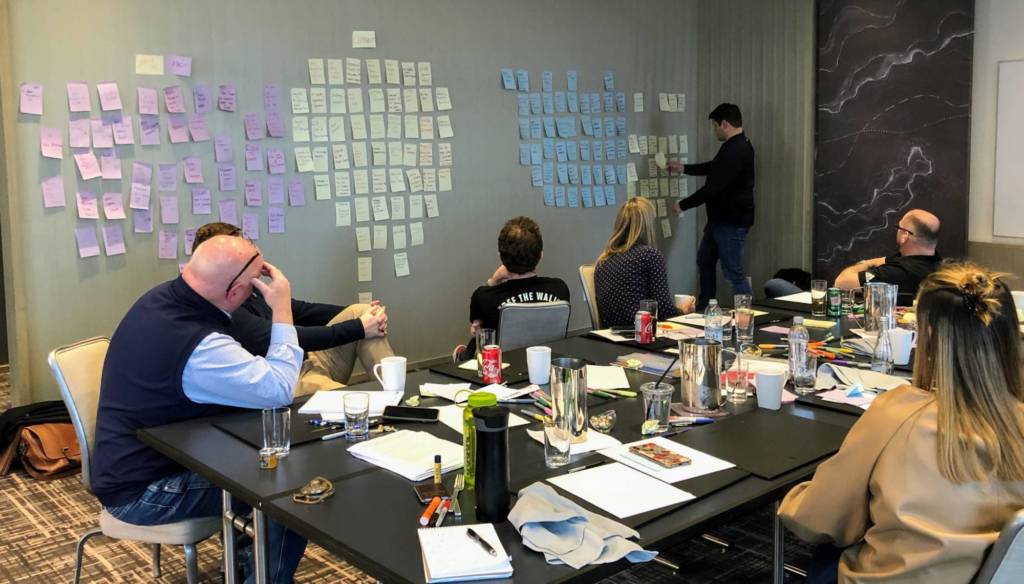
As a new manager or executive, you may feel that the existing tribes within the organizational community are getting in the way. You can think about the resistance in three ways;
- Fight it – this is a battle, and you take no prisoners.
- Give up and go apathetic – you are new, and you will just let the tribes do what they do … there is low trust, and you feel powerless.
- Work through cooperation – like surfing, you accept the resistance and flow with and through the tribes.
I’ve always felt that cooperation and finding flow work best to increase, and fighting the battle works worst and can decrease.
Flowing with the tribes and building community through a method of;
- Identifying overarching community values or ideas (keep asking for examples and stories; you will find connected themes.)
- Letting the tribes keep their autonomy and do what they do.
- Support each tribe to make a difference or “bend the curve” on the community values or ideas by doing what they do best – and not asking them to change.
- When many tribes all work, in their way, together, in their way, together, they can bend the curve -> macro change happens. Each tribe can feel ownership and autonomy in making it happen.
- Also, you can identify the granular or micro changes ‘bright spots” that work within a community that may not work elsewhere.
People who built the system don’t like to hear that what they created and now works well for them is wrong.
That is causing resistance from the start.

You cannot perceive cooperation and resistance at the same time
However, a process of recognizing the present, reviewing how we got here—connecting past choices to current status. Then developing alternative futures – connecting present options to alternative futures does create some discussion of change.
- For an organization or community that is deeply rooted in the values of the past,
- you have to respect the past and ask them how their history supported them to get to where they are,
- ask them what significant changes happened in the past that supported the growth and upset the status quo,
- and have them begin to frame themselves as – healthy survivors who built a good thing.
- Then you can create alternative futures,
- and use past experiences to reference future change.
Never underestimate the power of social identity and how, as people, we need our tribe and connection to our history to be respected and acknowledged. When newcomers try to make a social change that may feel outside the norm, an egalitarian community exerts social-political pressure. The purpose of the social-political pressure is to keep the tribe together and remove any energetic upstarts who wish to take a more significant share than the other tribe members and tribes.
“Social control tends to be about more than mere elimination of social threats by means of punishment: often it is about prosocially orientated manipulation of deviants so that they can once more contribute usefully to group life.“
Boehn ‘Hierarchy in the Forest’

